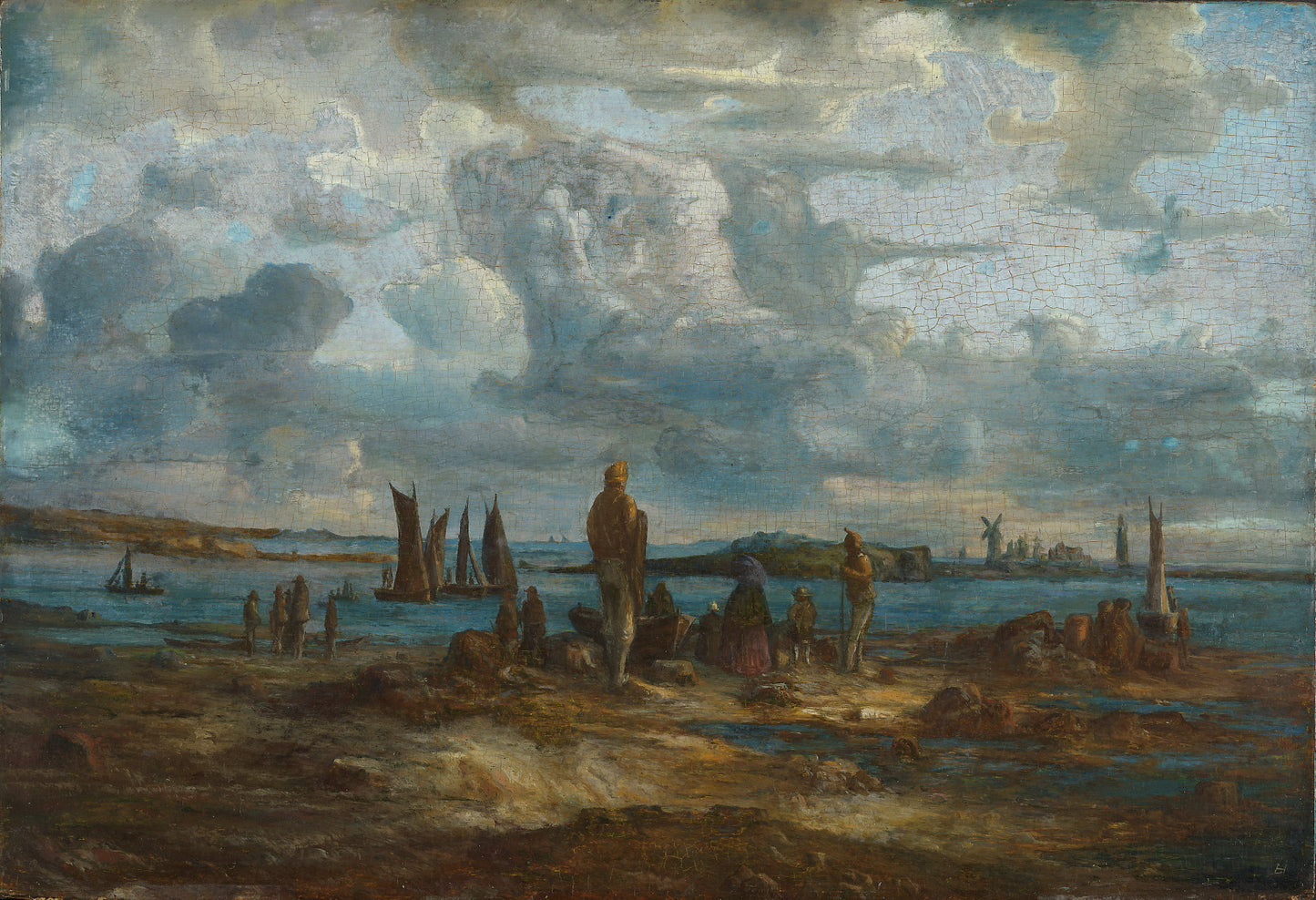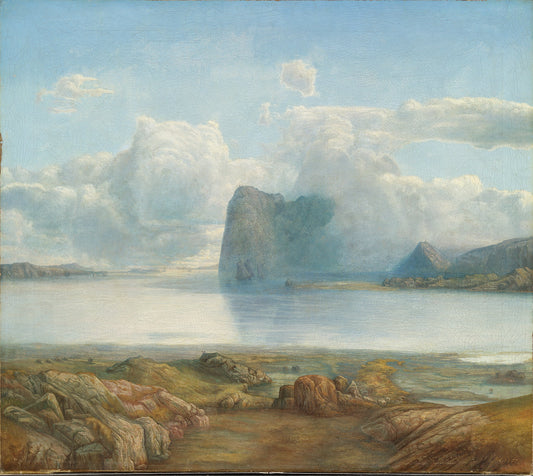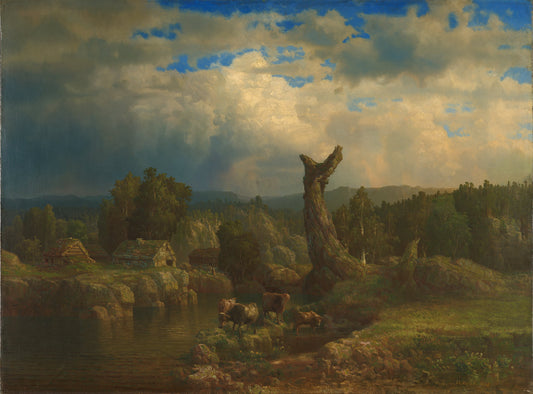Lars Hertervig
Spring herring fishing
Spring herring fishing
Couldn't load pickup availability
High-quality reproductions from the National Museum's collection. Posters by DAIDDA are printed on Litho White Matt - 230 gram photo paper in premium quality. Artprints by DAIDDA are printed on Moab Entrada Natural 190 gram cotton art paper in premium quality. Produced by DAIDDA.
About the original:
Date: (probably 1866)
Other titles: Spring Herring Fisheries (ENG)
Designation: Painting
Material and technique: Oil on wooden panel
Technique: Oil
Material: Wood
Dimensions: H 29.5 x W 43 cm
Subject: Visual arts
Classification: 532 - Visual arts
Photo: Børre Høstland
Shipping and returns
Shipping and returns
Shipping: We deliver to Scandinavia, the EU, the USA and several other countries. Please contact us if your country is not listed and we will try to arrange delivery.
Delivery time: 2-5 days within Norway, 7 days in Europe, 14 days globally.
Packaging: Our products are made to order and sent rolled in environmentally friendly packaging.
Customs Fees: International orders may be subject to customs fees, which are not included in shipping costs.
Return policy: You can return images within 14 days. See our returns page for more information.
Secure Payment: We never store your payment details. See our privacy policy for details.

See all works
-
Coastal party
Vendor:Lars HertervigRegular price From 150,00 NOKRegular priceUnit price per -
Summer landscape in a thunderstorm
Vendor:Lars HertervigRegular price From 150,00 NOKRegular priceUnit price per -
Spring herring fishing
Vendor:Lars HertervigRegular price From 150,00 NOKRegular priceUnit price per

Lars Hertervig
Lars Hertervig was a Norwegian painter. In his nature paintings, he interprets a heartfelt and sometimes ecstatic experience of nature, which puts him in a unique position in Norwegian landscape art. He learned painting in Stavanger and was then helped to study further at the Royal School of Design in Oslo under Johannes Flintoe, Joachim Frich and Johan F. Eckersberg in 1851–1852 and in Düsseldorf under Hans Gude in 1852–54. An outbreak of illness interrupted his studies in the spring of 1854, and neither a sea voyage to Spain nor a stay at the Gaustad mental asylum (1856–58) brought recovery.
During his stay in Skånevik, he created powerful syntheses of western nature: Ved smien and Rullestadjuvet (1855–1856, Rogaland Art Museum), gloomy dramatic stormy moods expressed in a personal form of great intensity, further The Old Bridge (1856, Rogaland Art Museum) and Summer Landscape in thunderstorm (1856, National Museum/National Gallery). Pictures such as Fjordbunn and some watercolors with similar motifs are filled with a dream-like silence and peace. Hertervig spent the years 1859–1865 on Borgøya in Tysvær, where he was born, and in the next couple of years he painted a series of pictures in Stavanger in rich chords of blue and brown, or in bright, clear tones of an enamel-like sheen, where he interprets a heartfelt and sometimes ecstatic experience of nature that puts him in a special position in Norwegian landscape art. Well-known works from this period are Gamle furutrær (1865, Rogaland Art Museum), Skogtjern (1865, National Museum/National Gallery), Stavanger seen from Våland (1865, Bergen Art Museum), Vårsildfiske (1866, National Museum/National Gallery), From Tysvær and From Borgøya ( both 1867, the National Museum/National Gallery).
After 1867 he had no money to paint in oil. On the other hand, his rich talent found expression in a number of strange watercolors and drawings. They lead us into a dream world full of ambiguous symbols, desolate forests, horses and riders, city lots with ghostly figures, stormy seas. Hertervig died lonely and forgotten in the poor house in Stavanger; only the writer Alexander Kielland and his sister the painter Kitty Kielland tried to advocate for him. Only at the Jubilee Exhibition in 1914 was he brought out of oblivion. The National Museum/National Gallery in Oslo owns eight pictures and a number of watercolors and drawings by him, and other major works can be found in the Bergen Art Museum and the Rogaland Art Museum.





